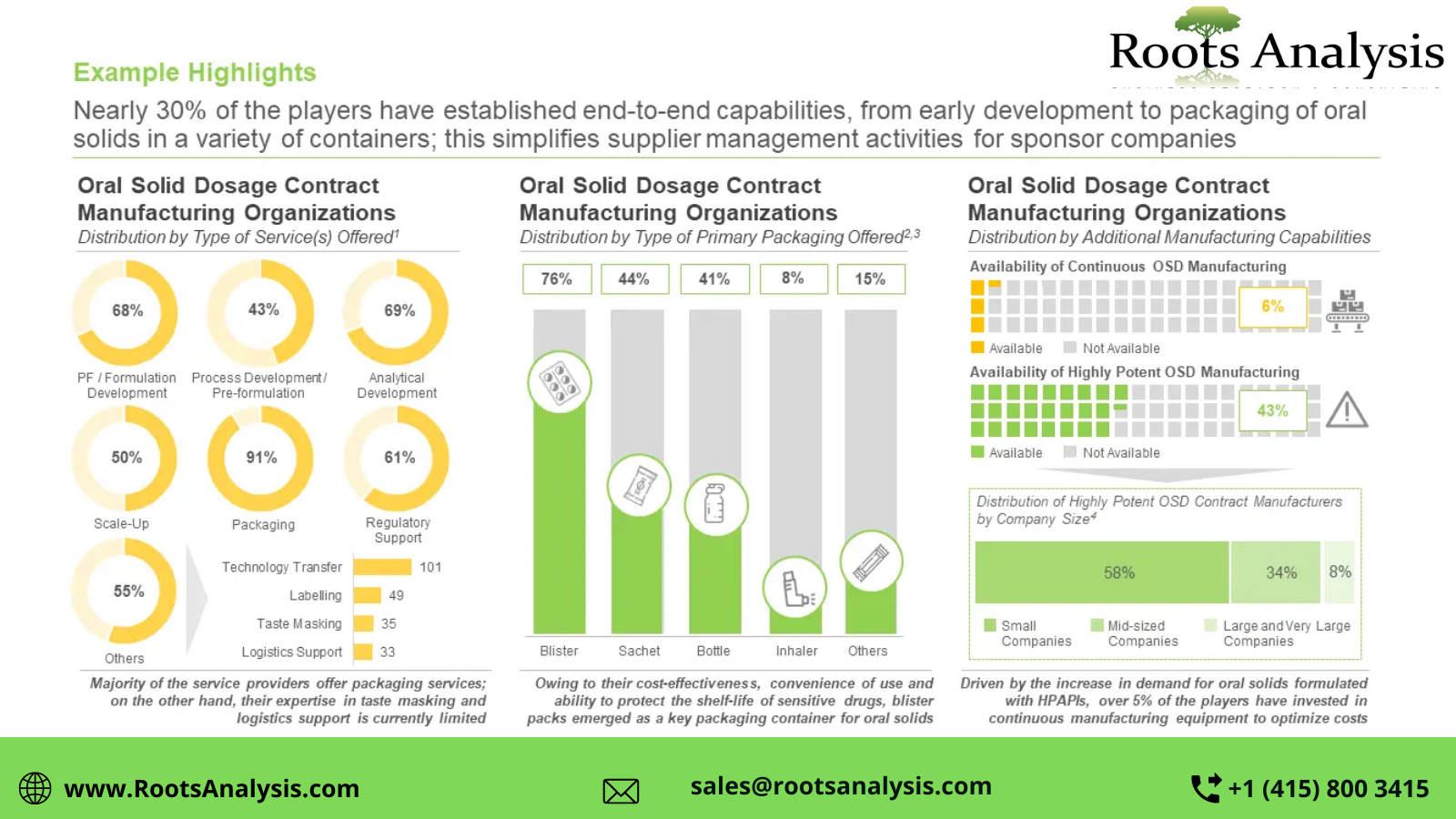 Topic Cluster Planning – Boost Topical Authority Like a Pro!
Topic Cluster Planning – Boost Topical Authority Like a Pro!
The Respiratory Devices Market Growth and SWOT Analysis of Top Players
Written by Meenakshi Bisht » Updated on: June 17th, 2025

Respiratory devices have become indispensable in modern healthcare, aiding in diagnosis, treatment, and management of various respiratory conditions. The respiratory devices market has witnessed significant growth, driven by increasing prevalence of respiratory diseases, technological advancements, and rising healthcare spending.
The respiratory devices market size is estimated to grow from USD 20.66 billion in 2022 at 8.74% CAGR (2023-2032) to reach an estimated USD 47.76 billion by 2032.
Growth Drivers in Respiratory Devices Industry
This impressive growth is fueled by several factors:
- Rising Prevalence of Respiratory Diseases: The increasing incidence of conditions like asthma, chronic obstructive pulmonary disease (COPD), and sleep apnea drives demand for respiratory devices.
- Aging Population: The growing elderly population, with higher rates of respiratory ailments, contributes to market growth.
- Technological Advancements: Innovations in device design, portability, and monitoring capabilities enhance market offerings.
- Government Initiatives: Government programs promoting healthcare and disease prevention support market expansion.
Top Players SWOT Analysis
The global respiratory devices market is characterized by several key players, including Koninklijke Philips N.V., Medtronic plc, ResMed, Fisher & Paykel Healthcare, and Vyaire Medical. A SWOT analysis of these top players provides insights into their strengths, weaknesses, opportunities, and threats in the market.
Koninklijke Philips N.V. (Market Share 25%)
Strengths:
- Strong brand recognition and a diverse product portfolio, including advanced respiratory care devices.
- Significant investment in R&D, leading to innovative solutions in respiratory care.
Weaknesses:
- Recent product recalls have affected brand reputation and consumer trust.
- High dependency on the North American market for revenue.
Opportunities:
- Growing demand for home healthcare devices due to an aging population and increasing respiratory diseases.
- Expansion into emerging markets where healthcare infrastructure is developing.
Threats:
- Intense competition from other major players and new entrants.
- Regulatory challenges and compliance costs associated with medical devices.
Medtronic plc (Market Share 20%)
Strengths:
- Comprehensive range of respiratory devices, including ventilators and monitoring systems.
- Strong global presence and distribution network.
Weaknesses:
- High operational costs due to extensive R&D and regulatory compliance.
- Vulnerability to market fluctuations and changes in healthcare policies.
Opportunities:
- Increasing prevalence of chronic respiratory diseases, driving demand for advanced respiratory solutions.
- Potential for growth in telehealth and remote monitoring services.
Threats:
- Competitive pressure from other established companies and startups.
- Economic downturns affecting healthcare spending.
ResMed (Market Share 15%)
Strengths:
- Leader in sleep apnea treatment devices, with a strong focus on innovation.
- Robust online sales channel and direct-to-consumer marketing strategies.
Weaknesses:
- Limited product range compared to larger competitors.
- Reliance on specific markets, particularly North America and Europe.
Opportunities:
- Rising awareness of sleep-related disorders and the need for effective treatment options.
- Expansion into the Asia-Pacific region, which is experiencing rapid growth in healthcare demand.
Threats:
- Regulatory scrutiny and potential changes in reimbursement policies.
- Competition from alternative therapies and devices.
Fisher & Paykel Healthcare (Market Share 8%)
Strengths:
- Strong reputation for high-quality respiratory devices and accessories.
- Focus on patient comfort and user-friendly designs.
Weaknesses:
- Smaller market share compared to industry giants.
- Limited global presence, primarily focused on developed markets.
Opportunities:
- Growth in the home care market, particularly for oxygen therapy and ventilation devices.
- Increasing demand for non-invasive ventilation solutions.
Threats:
- Price competition from larger manufacturers.
- Economic fluctuations impacting healthcare budgets.
Vyaire Medical (Market Share 5%)
Strengths:
- Specialized focus on respiratory care, offering a wide range of products.
- Strong relationships with healthcare providers and institutions.
Weaknesses:
- Relatively new compared to established competitors, affecting market penetration.
- Limited financial resources for extensive R&D.
Opportunities:
- Expanding product offerings to include digital health solutions and remote monitoring.
- Increasing global demand for respiratory devices due to rising respiratory illnesses.
Threats:
- Market volatility and potential supply chain disruptions.
- Intense competition leading to price wars.
Trends in the Respiratory Devices Market
The respiratory devices market is experiencing several key trends that are shaping its future:
- Technological Advancements: The development of smaller, more portable, and quieter devices is improving patient comfort and compliance.
- Integration with Digital Health: The integration of respiratory devices with digital platforms for remote monitoring and data collection.
- Focus on Home Healthcare: The shift towards home-based care is driving demand for portable respiratory devices.
- Personalized Medicine: The development of personalized treatment plans based on patient data and device monitoring.
- Emerging Markets: Expanding market presence in developing countries with growing healthcare needs.
- Regulatory Changes: Adapting to evolving regulatory requirements and standards.
- Sustainability: A focus on environmentally friendly materials and sustainable manufacturing practices.
Conclusion
The respiratory devices market is essential for improving the lives of individuals with respiratory conditions. By understanding the market dynamics, key players, and emerging trends, stakeholders can contribute to the development of innovative and accessible solutions. As healthcare systems continue to evolve, the demand for respiratory devices is expected to remain strong.
Note: IndiBlogHub features both user-submitted and editorial content. We do not verify third-party contributions. Read our Disclaimer and Privacy Policyfor details.
Copyright © 2019-2025 IndiBlogHub.com. All rights reserved. Hosted on DigitalOcean for fast, reliable performance.
















